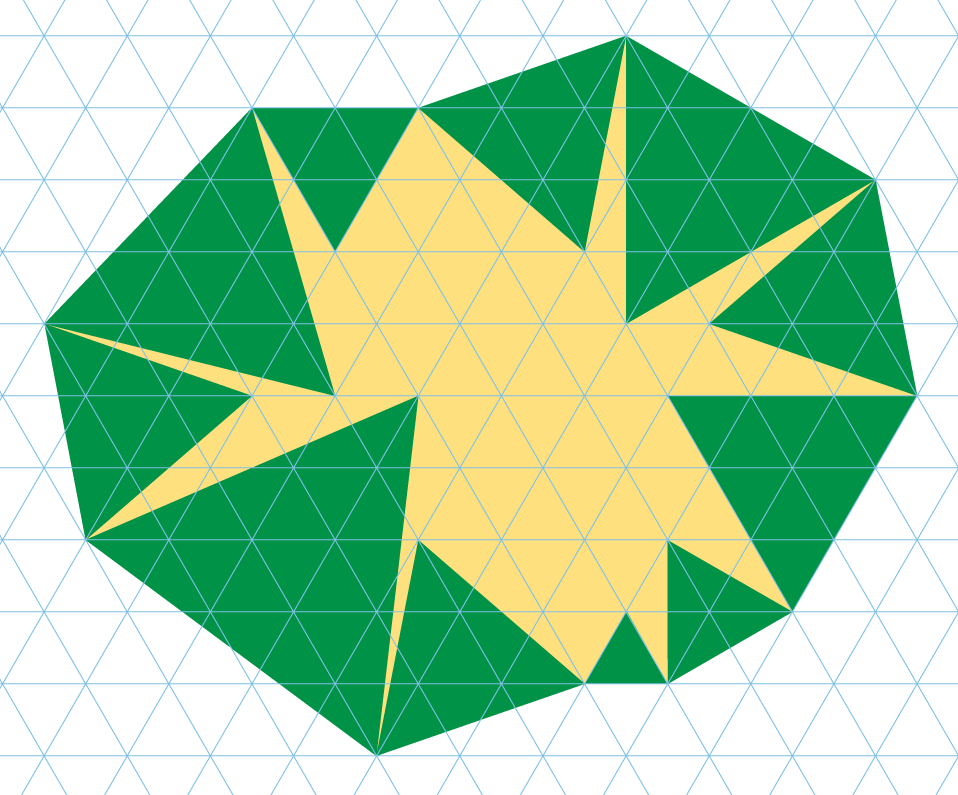Event JSON
{
"id": "00d3db09a08747e1202198fbc7422ee4a0530c94177bc3b80ff9a551d6128f87",
"pubkey": "1bc7bf8ceb01461b55fc9a388ecc8f239b3b652bb14be1059c74a4b682b6d038",
"created_at": 1729927752,
"kind": 1,
"tags": [
[
"p",
"b4c50e1bc1d7c4e1372d0c767c4705509f070b0f3109447d90cd0eb34a992896",
"wss://relay.mostr.pub"
],
[
"p",
"f7346eb283902ada9d21c109a93e83128d9f87d8fcfe70ad819b3bf2ad9bce16",
"wss://relay.mostr.pub"
],
[
"e",
"201e9bd5cb3c42c9d6c1267bf118386b4865a1aa08e76ed47226e2f61cdc0e49",
"wss://relay.mostr.pub",
"reply"
],
[
"proxy",
"https://mathstodon.xyz/users/11011110/statuses/113372545214081080",
"activitypub"
]
],
"content": "nostr:npub1knzsux7p6lzwzdedp3m8c3c92z0swzc0xyy5glvse58txj5e9ztqpac73p Cute. But there appears to be a missing constraint in the description of how to do this: the green triangles need to be separated from each other in order to make the yellow net be a simple polygon. That is not true for all 11-gons. Also, your drawing shows a convex 11-gon, but that is not necessary; the same procedure can work for non-convex 11-gons (I don't know whether the proof that all polyhedra of this type can be represented in this way requires non-convexity).\n\nhttps://media.mathstodon.xyz/media_attachments/files/113/372/541/416/673/757/original/de28ee9aac1cd9db.png",
"sig": "344a3af98de764932cc4942568e633fd1cbf6f7609db03bc24ad76424d60c640aa0e6a1ce1ebaa64f2c77eb064dca09df482d68fa0436c5c1d04f70122404ec5"
}


